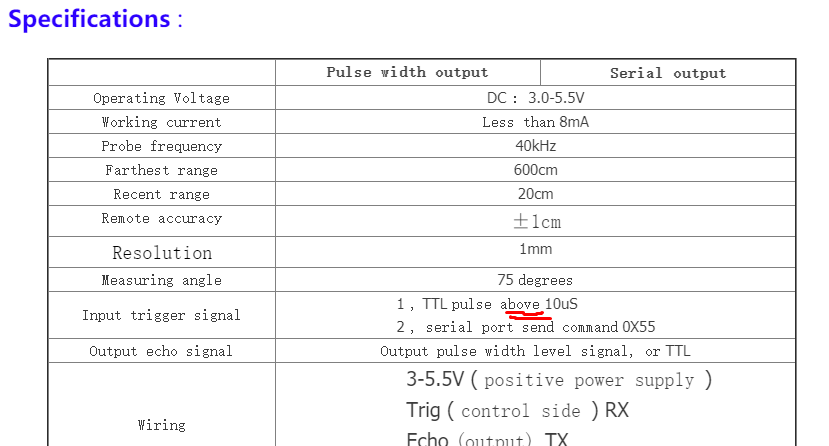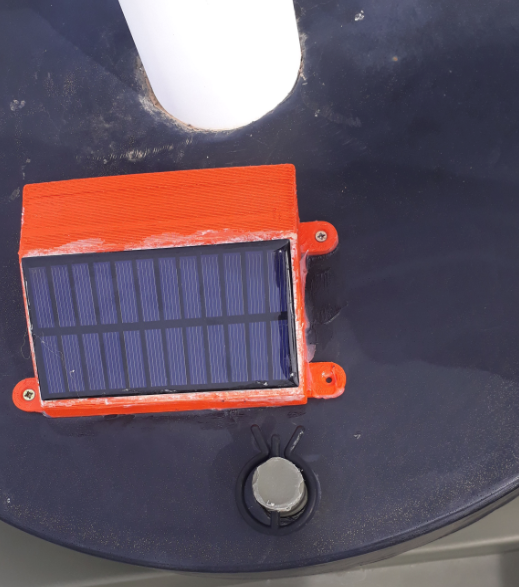It appears this project is not really active anymore, but if anyone is interested here is a node red flow you can use to allow MYSController to use MQTT - with OTA updates (MYSBootloader)
In MYSController setup to use TCP on port 8164 (or choose another in Node red).
Then click "Discover" and everything should then start streaming in.
[{"id":"05daaa30f133dea6","type":"tab","label":"MYSController Bridge","disabled":false,"info":"","env":[]},{"id":"0c03db96217a8d15","type":"tcp in","z":"05daaa30f133dea6","name":"","server":"server","host":"","port":"8164","datamode":"stream","datatype":"utf8","newline":"","topic":"","trim":false,"base64":false,"tls":"","x":120,"y":160,"wires":[["207a2bef4ba58466"]]},{"id":"b216b0fc146f38d6","type":"mqtt out","z":"05daaa30f133dea6","name":"To mygateway1-in","topic":"","qos":"","retain":"","respTopic":"","contentType":"","userProps":"","correl":"","expiry":"","broker":"6da0af37c3ba3336","x":670,"y":160,"wires":[]},{"id":"207a2bef4ba58466","type":"function","z":"05daaa30f133dea6","name":"function 1","func":"flow.set("tcp_session",msg._session);\nflow.set("tcp_ip",msg._session);\nflow.set("tcp_port",msg._session);\nvar parts = msg.payload.split(";");\nmsg.topic = "mygateway1-in" + '/' + parts[0] + '/' + parts[1] + '/' + parts[2] + '/' + parts[3] + '/' + parts[4];\nmsg.payload = parts[5];\nreturn msg;","outputs":1,"timeout":0,"noerr":0,"initialize":"","finalize":"","libs":[],"x":380,"y":160,"wires":[["b216b0fc146f38d6"]]},{"id":"e97f3f15b6b5c04f","type":"mqtt in","z":"05daaa30f133dea6","name":"From myqateway1-out","topic":"mygateway1-out/#","qos":"2","datatype":"utf8","broker":"6da0af37c3ba3336","nl":false,"rap":true,"rh":0,"inputs":0,"x":160,"y":240,"wires":[["aa75b302916ca68b"]]},{"id":"7f06f63ff068402c","type":"tcp out","z":"05daaa30f133dea6","name":"","host":"","port":"8164","beserver":"reply","base64":false,"end":false,"tls":"","x":640,"y":240,"wires":[]},{"id":"aa75b302916ca68b","type":"function","z":"05daaa30f133dea6","name":"function 2","func":"msg._session = flow.get("tcp_session");\nmsg.ip = flow.get("tcp_ip");\nmsg.port = flow.get("tcp_port");\nif (msg._session == undefined)\n return null;\nvar parts = msg.topic.split("/");\nmsg.payload = parts[1] + ';' + parts[2] + ';' + parts[3] + ';' + parts[4] + ';' + parts[5] + ';' + msg.payload + "\n";\nreturn msg;\n","outputs":1,"timeout":0,"noerr":0,"initialize":"","finalize":"","libs":[],"x":400,"y":240,"wires":[["7f06f63ff068402c"]]},{"id":"6da0af37c3ba3336","type":"mqtt-broker","name":"OLD MYC PI","broker":"192.168.1.6","port":"1883","clientid":"","autoConnect":true,"usetls":false,"protocolVersion":"4","keepalive":"60","cleansession":true,"autoUnsubscribe":true,"birthTopic":"","birthQos":"0","birthRetain":"false","birthPayload":"","birthMsg":{},"closeTopic":"","closeQos":"0","closeRetain":"false","closePayload":"","closeMsg":{},"willTopic":"","willQos":"0","willRetain":"false","willPayload":"","willMsg":{},"userProps":"","sessionExpiry":""}]






